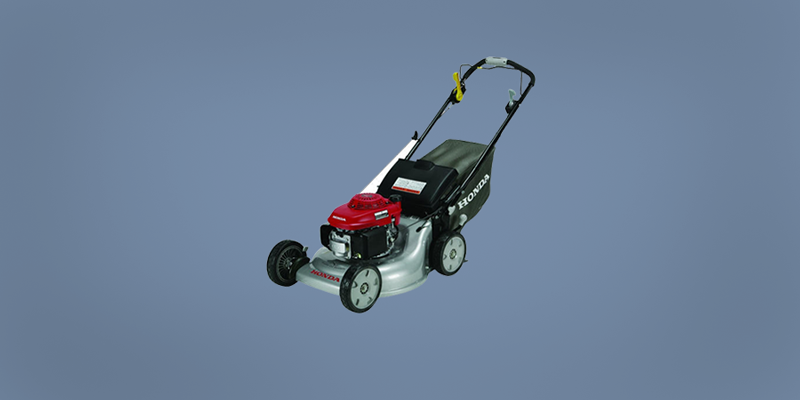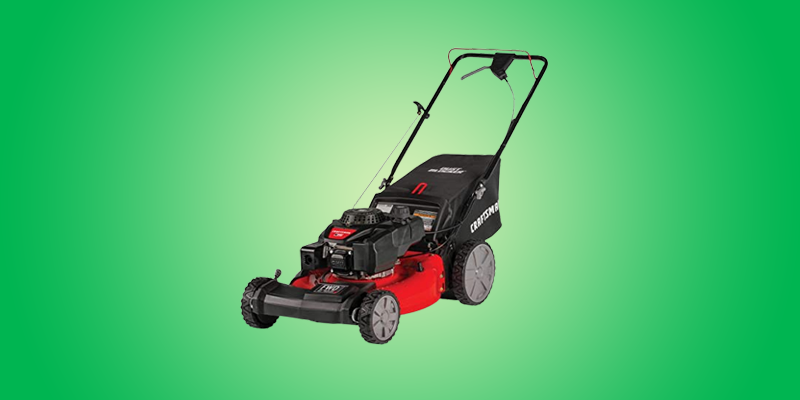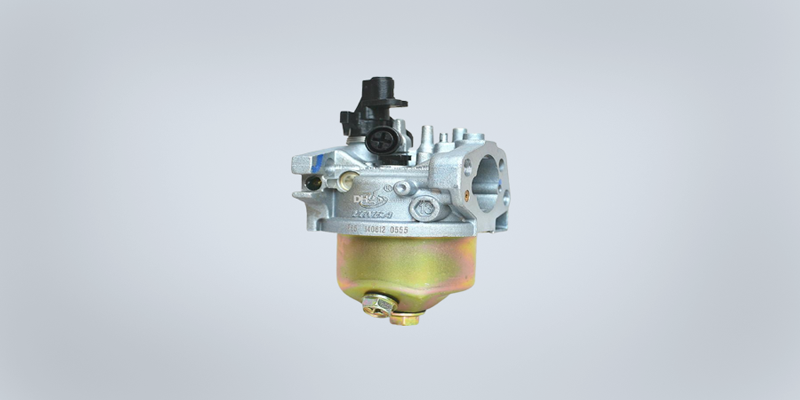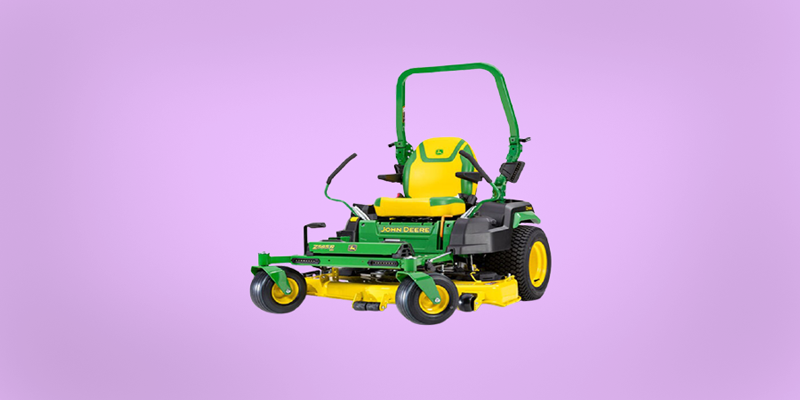Lawn Mower Maintenance

No matter how expensive the tool is, they aren’t prone to problems. There will be some time when these power-operated devices will let you to a point where you have t look into them and inspect the culprit. To avoid these kinds of issues, you must look forward to grabbing some guidance on caring for your devices. If you desire the maximum performance of your electric or power-operated devices, you must keep in mind that proper maintenance is mandatory. Your lawnmower is most likely your most frequently used outdoor electrical appliance.
Lawn Mower Maintenance
To increase performance, decrease emissions, avoid costly repairs, and extend the life of your lawnmower, proper maintenance is critical. Durability and longevity are the factors we look for the most and pay for the most. The only option you are left with is to make sure you are efficiently taking care of your device. Today in this guide, we’ve compiled the best possible ways of lawn mower maintenance to keep your lawn looking beautiful and smooth.
Ways Of Lawn Mower Maintenance:
Maintaining your lawnmower is simple, and with some recent advancements, gardening can even be enjoyable. I’ll give you some pointers on how to keep your garden in tip-top shape, as well as a look at some of the great new lawnmowers on the market that make it a lot easier to spend time outside. A lawnmower may need to be replaced from time to time. You can also avoid more costly lawn mower repair operations in the future by following these instructions.
Inspect The Spark Plug:
For your lawnmower to run correctly, you’ll need a decent spark plug. Your lawnmower will jerk, start hard, waste gasoline, and “chew” your grass instead of mowing it smoothly if the spark plug is dusty or flaky. Your lawn mower will not start if the spark plug is fractured. Each spring, disconnect the spark plug cord from your mower and remove the spark plug with a spark plug wrench or socket wrench.
Spray the spark plug with brake cleaner, let it sit for a few minutes, and then carefully brush it off with a wire brush if dirt or indications of corrosion are visible. Clean the connector with a gentle cloth after removing the dirt. Replace the cable after replacing the clean, dry plug and tightening it with your fingers. If your mower still won’t start or runs poorly after cleaning the spark plug, the spark plug may be damaged.
To replace the contact, consult your user handbook to ensure that you get the correct contact for your lawnmower. Because spark plugs are quite inexpensive, some individuals prefer to replace them once a year to save time and effort.
Stabilizing Of The Fuel:
A carburetor might clog if fuel is left in a lawnmower for an extended period. Using a lawnmower frequently during the mowing season prevents this. You should add a gasoline stabilizer to a lawnmower if it has not been used for more than 30 days. A fuel stabilizer costs less than ten dollars at a nearby yard and garden store. When prepping the mower for off-season storage, applying a gasoline stabilizer is also a good idea. If this does not occur, the carburetor will need to be cleaned for a cost when the spring mowing season begins.
Blade Sharpening:
When it comes to mowing the lawn, cutting blades are essential. Keep the knives sharp and balanced at all times. When the blades on a lawnmower become dull, the engine must work harder to turn them. The leaves do not produce an even cut at this point. They rip the grass’s end off, giving the grass a white appearance for a few days in a garden.
When people have fast-growing grass that needs to be trimmed regularly, they frequently need to sharpen their knives. If you need an extra pair of knives, it’s also a good idea to have one on hand. Depending on the size of the equipment, the blades cost around thirty dollars. Only use the blades specified by the manufacturer for each mower model for safety reasons.
Inspect The Fuel Filter:
A smooth and efficient engine requires clean fuel. The fuel filter cleans all fuel that travels from the fuel tank to the engine. Particles from a gas cylinder can get into the vehicle’s gasoline tank. The filter cleans the fuel as it passes through, making the refueling process simpler. Smaller lawn mowers normally do not have a gasoline filter, but larger to medium-sized lawn mowers usually do. On smaller units, check and replace the fuel lamp primer regularly. The service manual can find the suggested cleaning and replacement intervals for filters and primers.
Change Oil Regularly:
Lawnmowers, like cars, require regular oil changes, and spring is the ideal time to do it. Change the oil in your mower’s motor at least once a year or every 50 hours of usage to protect it. Ensure you obtain the right sort of oil for your lawnmower by checking the manufacturer’s recommendations. To avoid starting your lawnmower by accident, disconnect the spark plug. Drain the oil from your lawnmower into an authorized container, replace the oil filter if your lawnmower has one, then re-oil. Overcrowding might cause damage to your lawnmower. Reconnect the spark plug cable at the end.
Check For Air Filter:
The air filter in your lawnmower can become clogged and dusty, putting extra strain on the engine and preventing it from running smoothly. Every spring, replace the air filter on your mower to make it simpler to “breathe.” Disconnect the spark plug cable first. Replace the paper air filter after removing the filter cover and cleaning the foam pre-filter. Remove the filter cover and replace it. Reconnect the spark plug cable at the end. With the last two tasks on our spring maintenance checklist completed, it’s “end of business” for your lawnmower.
Inspect The Cleanliness Of The Deck:
Your lawnmower’s underbelly, or “tire,” can become blocked with grass and dirt, causing it to malfunction and corrode. A soiled rock deck might even act as a vector for plant diseases to spread throughout your property. Clean your cutting deck in the spring and mid-season to avoid these issues.
Disconnect the spark plug cable first for safety reasons. Turn the mower to the side and empty the fuel tank. Using a garden hose, thoroughly spray the underside. Remove any remaining filth and grime with a brush and soapy water. When the area is dry, apply a thin layer of vegetable oil to the underside of your lawnmower to prevent dirt from adhering to it.
How Do I Know There Is A Need To Perform Lawn Mower Maintenance?
Always keep the area clear of twigs, stones, and toys, and never cut in the dark. You can do Lawnmower maintenance at any time of year, but the beginning of the season, before you start mowing, and the end of the season, when you start your lawnmower, is the optimum periods. Mowing the lawn Let’s fast forward to next year. Please keep in mind that the timing may differ based on your location.
The end of the mowing season is a good time to perform annual mower maintenance since there are a few things to remember to keep the mower idle for months. You can start moving in the spring by servicing and winterizing your lawnmower in the fall, reducing the danger of harming your lawnmower’s motor or grass with blunt blades or malfunctioning parts.
How Do I Check The Sharpness Of The Lawnmower Blade?
If you turn the mower on its side and remove the spark plug, these tufts of grass will be sprayed or scraped away, preventing the blade from operating and the mower from cooling on its own. It can also aid in the more uniform distribution of the clip as you cut. Avoid the mower’s knife if you want your neighbors to wonder why your grass looks so much nicer after mowing than theirs.
A rough lawnmower blade makes a prickly cut and leaves a noticeable brown sheen on the lawn; a sharp blade makes a clean, sharp cut, and according to studies, your lawnmower can use up to 20% more fuel. As you unscrew the blade, use a piece of wood to hold it in place while you unscrew it, and label the blade in some way to remind you how to reassemble it.



![Photo of Can Lawn Mower Cut Long Grass: How? [Step By Step Guide]](https://toolscop.com/wp-content/uploads/2023/03/Can-Lawn-Mower-Cut-Long-Grass-390x220.png)
